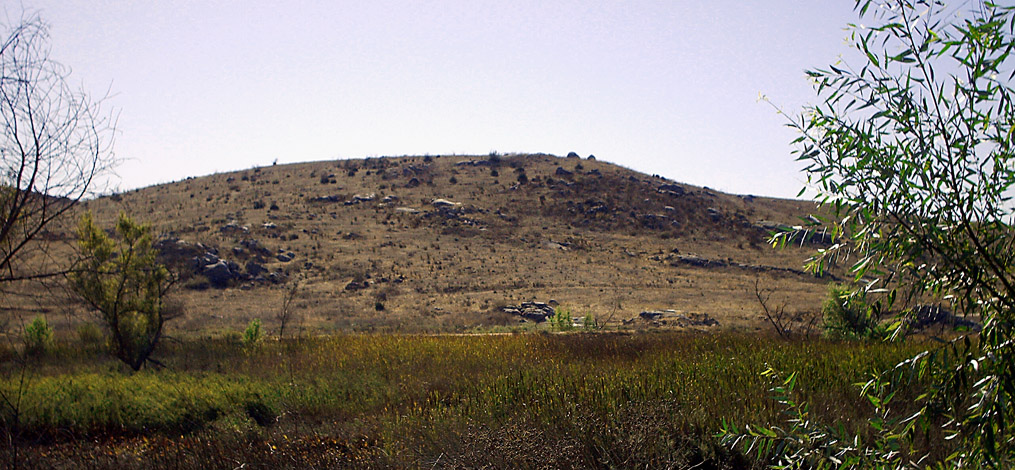Picturesque San Diego is a book which offers a fascinating visual and narrative view of San Diego city and county in a bygone era.
The book was published in 1887 by Douglas Gunn, who was editor and publisher of The San Diego Union from 1873 to 1886, and served as mayor of the city of San Diego from 1889 to 1891. A strong promoter of, and investor in, the development of San Diego, Gunn decided in 1887 to create a book describing the city and county in both text and quality photographs.
He hired a prominent Los Angeles-based photographer, Herve Friend, and from March to July they traveled around San Diego County, covering an estimated 1.500 miles according to Gunn in his introductory note. The book was published in October 1887. It’s 98 pages with 72 photographs.
San Diego County in 1887 was a place where the livestock literally outnumbered the humans. Gunn demonstrates that quite emphatically. In a section on county agricultural products, he gives the following breakdown of the livestock population for the whole county: “Horses, 8,755; Mules, 2,552; Horned Cattle, 33,548; Sheep, 202,548; Hogs, 22,815.” Add them all up and you get a total livestock population of 270,218.
By contrast, the human population for San Diego County at that time stood at about 30,000.
Yes, it was a very different San Diego County from the one we know today. That point is underscored by some representative photos from the book. Here are two of the city of San Diego:
The caption reads, “San Diego looking West-Point Loma in Right Distance”
Caption: “City Water Front-Babcock and Story Wharves”
Here’s one from North County:
Caption: “View in Poway Valley”
Yeah, that’s Poway in 1887. In the book Gunn describes Poway as a “rich agricultural valley” with a population of “about 800” and “one of the most flourishing settlements in the county.” Yet within a few years the onset of drought would drive out many residents, reducing the population down to 250. Gunn wasn’t around for that change, or for other circumstances that would belie some of his more boosterish claims. He invested a lot, emotionally and financially, in the city and the region, and that was arguably his undoing. We’ll return to Picturesque San Diego in future blog entries. It offers a lot of facts, impressions, and contradictions, especially in hindsight.
If you’d like to see the book for yourself, go to https://archive.org , and search for it by title.




Thanks for sharing this. I saw the article in the RB News Journal. I’d love to see any pics of the Old RB Mercado, circa early 1970’s, if anyone has them.
Hi Tom,
Pictures of the old Mercado are among many that can be found in the archives of the Rancho Bernardo Historical Society Museum. You can contact them about coming in to research the archives. Contact info is on the society’s website, http://www.rbhistoricalsociety.org/ .
Thanks for your interest,
Vincent
Vincent, thanks for the info. I’ve been meaning to get over to their new building at the Winery, and this will give me all the more reason to do so when I get the time. Best of luck to you on the new website.
Thanks ffor a great read
You’re welcome. Thank you for your interest in history.